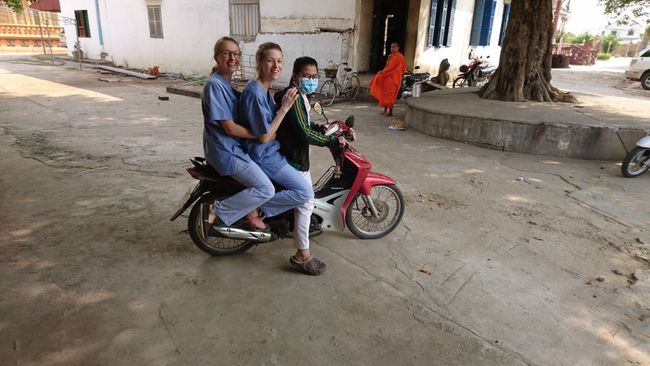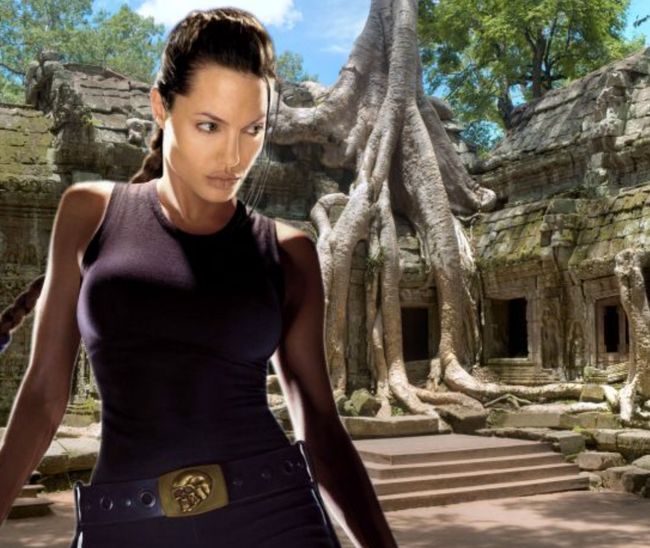Smartass knowledge Angkor
ที่ตีพิมพ์: 25.03.2018
สมัครรับจดหมายข่าว
For those who want to know more than just that Angkor Wat was the location and set for 'Tomb Raider' with Angelina Jolie, this post is just right!
The planning and construction of the temple complex took place during the heyday of the Angkor Empire. In the 10th century, the Khmer laid the foundation for creating such a significant city as Angkor with a sophisticated irrigation system. The water supply enabled a significant increase in agricultural productivity and helped the empire to great wealth, which financed the construction of the temple. At its peak, an estimated one million people lived here on about 1000 km², making Angkor the largest city in the world at that time. Under several builders (former kings), the various temples were realized. Jayavarman VII is considered the most ambitious builder.
Most of the temples, planned as Hindu places of worship, symbolize the Hindu worldview: a surrounding moat represents the primordial ocean, many of the towers are constructed in quincunx arrangement, which symbolizes complete perfection, and the towers themselves represent the seats of the gods. Most temples are dedicated to Shiva or Vishnu.
At a later time, around the 13th century, small changes were made to the temples to adapt them to the Buddhist faith. Lingas (aniconic symbol of the deity Shiva), which were centrally placed in the towers, gave way to Buddha statues. Other statues were altered to show the Buddhist prayer position instead of the Hindu prayer position (minimal difference).
All temples have a large number of elaborate bas-reliefs depicting many wars and individual kings with their retinue.
The significance of the giant stone faces at Bayon is still not fully understood to this day. However, one constantly feels observed :-)
Angkor Wat is facing west, which is actually unusual because all other temples are oriented towards the east. Archaeologists are quite unanimous in their view that this famous temple was built as a burial temple. The last rays of sunlight touch the temple and guide the deceased.
Many Buddha statues are decapitated. This fact is attributed to looting and art theft. These popular pieces were auctioned off on the black market for high prices. The huge temple complex is difficult to guard, and the guards are also known to be very corruptible; unfortunately, this is not uncommon in the relatively corruption-plagued Cambodia.
สมัครรับจดหมายข่าว
คำตอบ


